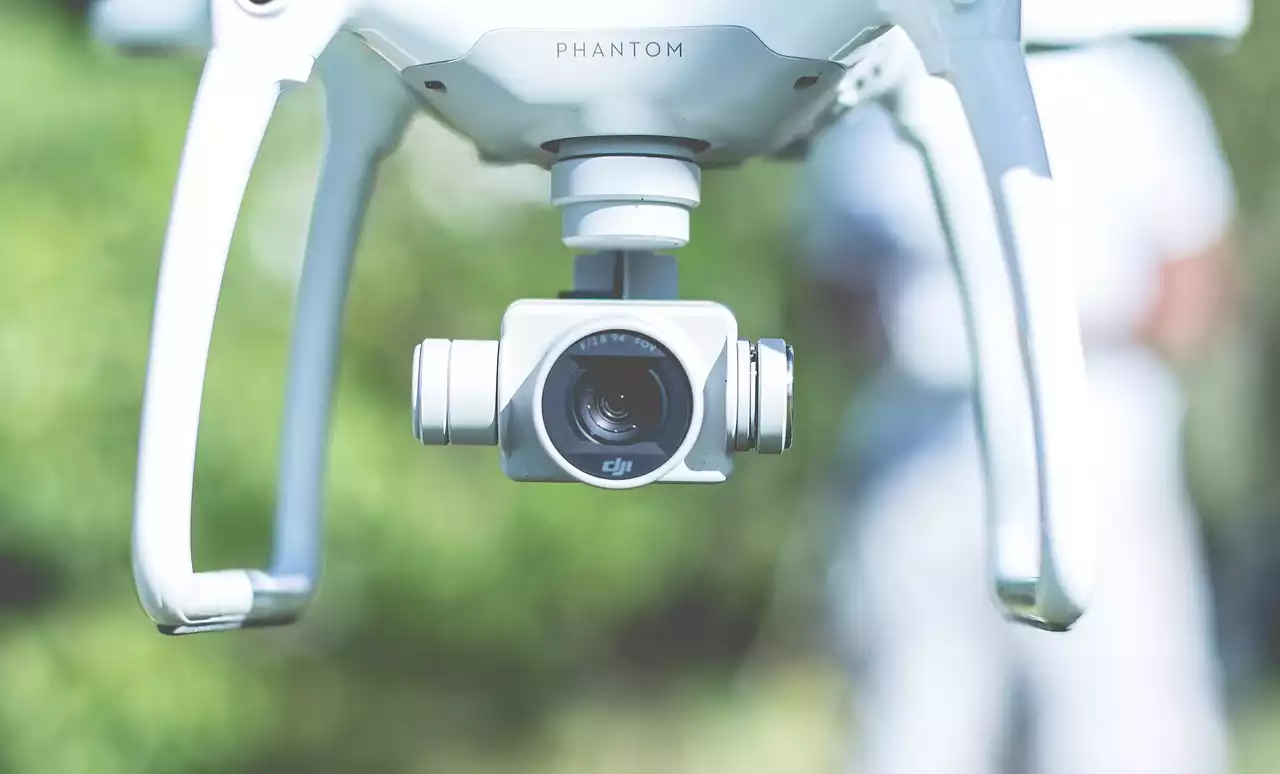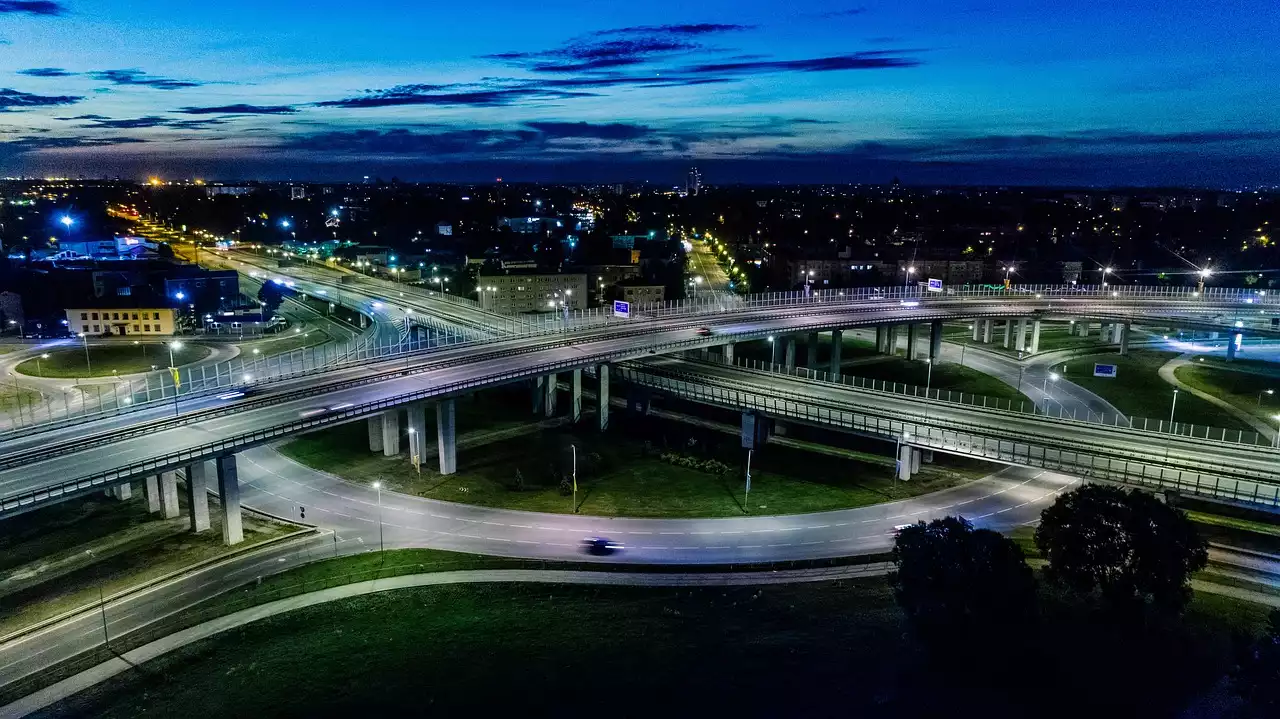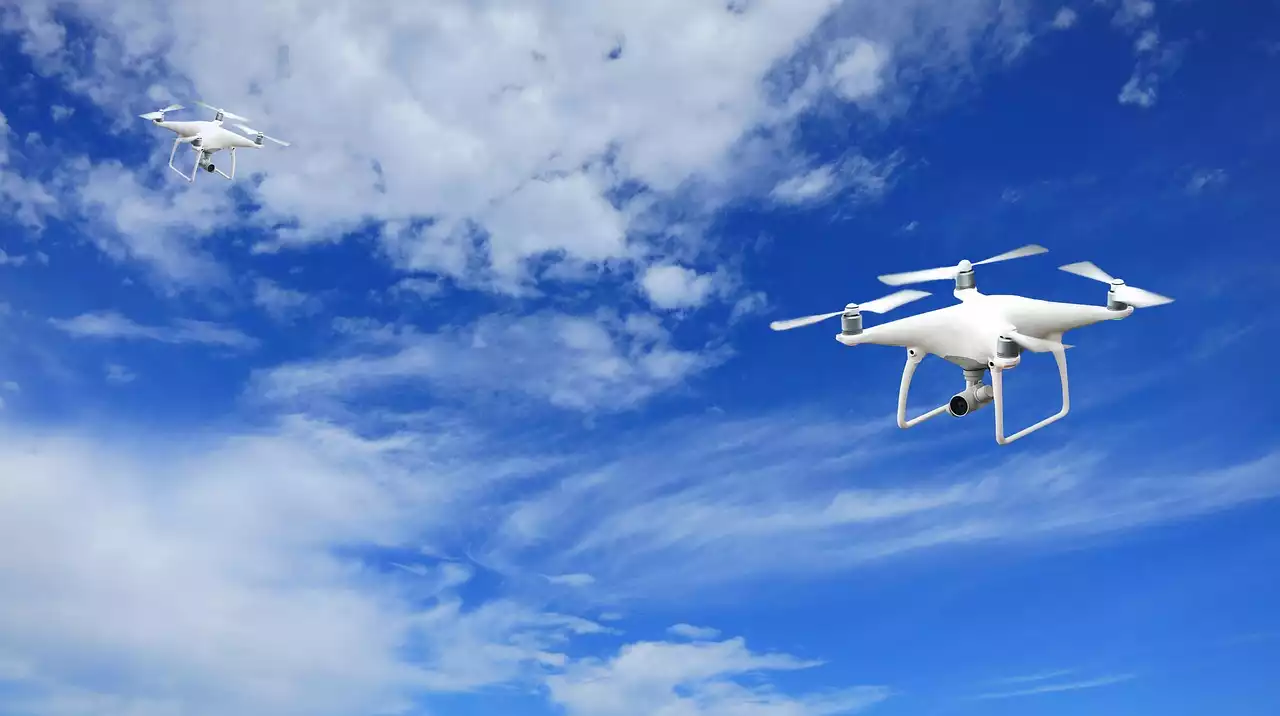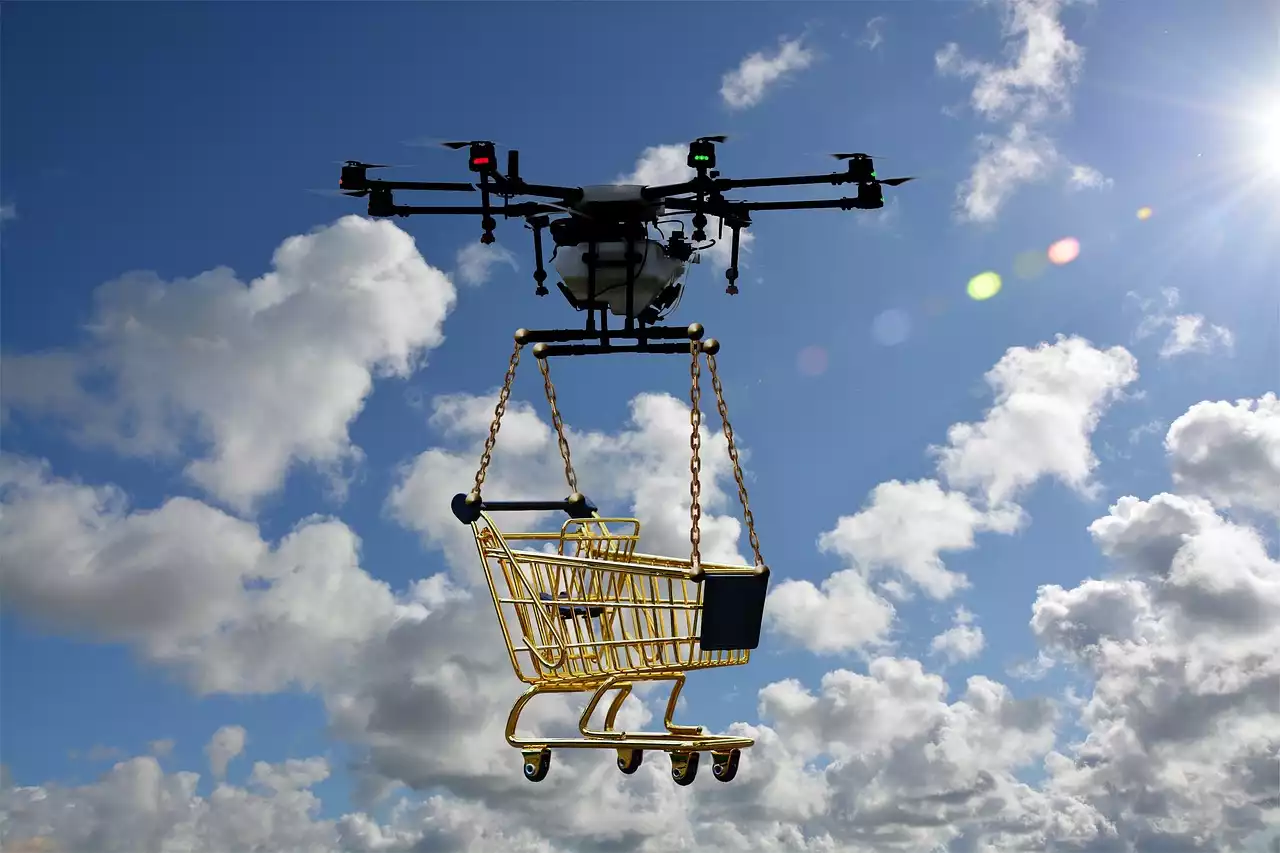How are drones used in medicine?
Drones can be used to transport medical supplies to remote locations, and to monitor patients in remote areas, such as hospital emergency rooms or clinics that are too far away from a medical center. Drones can also be used to deliver prescription drugs. Drones can also be used to carry out surgery. Currently, surgeons use a cadaver to conduct an operation, which is time-consuming and expensive, as well as potentially dangerous for the patient. In the future, using a drone to deliver a human organ or transplantation would be much safer and more efficient. Pharmaceutical organizations could use drones to deliver medications to patients who have trouble getting to a pharmacy or who live far away from a legal dispensary. This could help patients save money and reduce the risk of adverse side effects from medications. Using a drone to deliver medical supplies could also reduce carbon emissions and save money by reducing the amount of fuel needed to transport medical supplies.
Benefits of using drones in healthcare
Microdrones have numerous benefits for healthcare in many different fields. For example, medics can use microdrones to safely and quickly transport supplies to remote locations, reducing the risk of injury and saving time. In emergency rooms, medics could use microdrones to safely transport supplies and deliver medications to patients. Remote clinics could be quickly and safely monitored using a drone, and remote surgeries could be monitored and recorded using a drone. Remote surgeries could also be monitored by doctors remotely. Microdrones are also safer than traditional aircraft and can be operated more easily and quickly than larger aircraft. Because they are smaller and lighter than larger aircraft, they can be flown more easily and quickly. Because they are operated by remote control, they are safer than manned aircraft.
Different types of drones used in medicine
-Remotely Piloted Aircraft (RPAs): These are drones used for surveillance or reconnaissance. RPAs are flown by remote control, so they can be used for high-risk work, such as flying over potential enemy areas. RPAs are often used for military purposes and are often armed with weapons for self-defense.
-UAVs (UAS/unmanned aircraft systems): These are commonly known as drones, and are used for observation, inspection, or inspection of construction sites. They can also be used for search and rescue missions, such as locating missing people who are trapped in an area that is too dangerous for a helicopter to fly in.
-Microdrones: These are drone models that are small enough to be carried by paramedics and used to transport supplies safely and quickly. Microdrones can also be used to deliver medications or perform surgeries or be used to monitor remote patients.
-Mini-UAVs: These are smaller versions of microdrones and are often used in medical settings. Mini-UAVs are small enough to be carried by one person and are used to transfer small amounts of medication or supplies.
Challenges and risks of using drones in medicine
As with any new technology, drones will face challenges and risks when used in healthcare, especially when operating in areas that are difficult for pilots to access and clear for flight. Drones are not considered a replacement for human pilots and are expected to be used in conjunction with pilots. In remote areas, where access to standard communication systems and roads is limited, drones can help to deliver healthcare. However, risks and challenges associated with drones include the following:
-Privacy - When drones are used for surveillance, it could raise privacy concerns. For example, if drones are used to monitor patients, the data could be used for research or could be seen as unfair by the patient. This is a common concern when drones are used for military purposes.
-Danger - There have been cases of drones colliding with commercial aircraft, such as the collision between a drone and a passenger plane over China. These could pose a risk to human life and there could also be expensive and time-consuming repairs if a drone hits a commercial aircraft. There have also been cases of drones colliding with other drones, potentially creating dangerous situations.
-Cost - Currently, commercially available drones are expensive, costing between $2,000 and $5,000. Higher-quality drones can cost $20,000 or more. The cost of operating a drone could be an issue for remote healthcare centres that do not have the funds to buy and staff a drone.
-Environmental damage - Drones can cause damage to the environment, especially if they are flying over areas rich in natural resources like forests or mountains. Environmental damage could be dangerous for people living in these areas and could also cause expensive repairs.
Examples of current applications of drones in medicine
-Transplant Operations - A team of surgeons in Germany has used a remotely piloted glider, which is a type of UAV, to perform a liver transplant operation. The glit glider is a lightweight mini-drone that was specially designed to fly in the space between the ground and the helicopter, which is restricted by the laws of aerodynamics. The surgeons have been able to safely perform the operation while avoiding the risk of losing blood if they had to lose altitude in a helicopter.
-Disaster Relief - Drones are also being used to help with disaster relief. The US Federal Emergency Management Agency has an initiative to use drones to monitor disaster-stricken areas and to send out information about the areas and potential risks to people. Drones can be helpful for monitoring and mapping areas, which is useful for assessing damage and for search and rescue missions that could be dangerous for people in remote areas.
The future of drones in healthcare
Drones could play a large role in the future of healthcare. Microdrones used for transport could help to reduce carbon emissions by safely transporting supplies and medications over long distances. Mini-UAVs could also be used for health education, to improve the health of remote populations. Microdrones could also be used for medical treatment. Some microdrones can be programmed to perform medical procedures automatically, providing a safer and more affordable alternative to performing surgeries on patients by hand. Microdrones could even be used to provide medical services. For example, a microdrone could be used to monitor a patient’s condition and notify a doctor when the patient needs urgent attention. In the future, microdrones could also be used to deliver medical supplies and medications, helping to reduce carbon emissions and costs.








.png?size=50)

